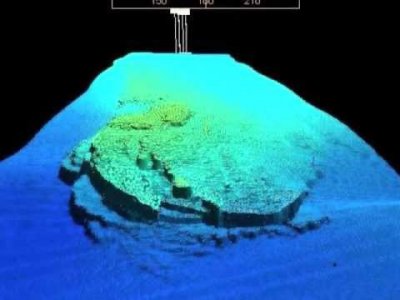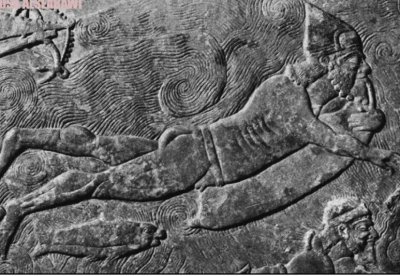AlchoPwn
Public Service is my Motto.
- Joined
- Nov 2, 2017
- Messages
- 2,527
My point is only that for all of the weirdness, which is really what Lovecraftian being strike me as- not biological plausibilities just strange and scary- we still get understandable human characteristics behind the reasoning ones.
Actually Lovecraft drew inspiration mainly from sea life such as polyps, molluscs, anemones, and mixed assorted bivalves etc. The notion that these things have understandable human characteristics seems far fetched. This is not to suggest that Lovecraft didn't come up with humanoids too, but unless we define human characteristics as "it has a face" (which many H.P.L. monsters notably do not). I am personally fond of Wilbur Whately who looked passably human but ugly except when torn open by a guard dog left the following to autopsy:
The thing that lay half-bent on its side in a foetid pool of greenish-yellow ichor and tarry stickiness was almost nine feet tall, and the dog had torn off all the clothing and some of the skin. It was not quite dead, but twitched silently and spasmodically while its chest heaved in monstrous unison with the mad piping of the expectant whippoorwills outside. Bits of shoe-leather and fragments of apparel were scattered about the room, and just inside the window an empty canvas sack lay where it had evidently been thrown. Near the central desk a revolver had fallen, a dented but undischarged cartridge later explaining why it had not been fired. The thing itself, however, crowded out all other images at the time. It would be trite and not wholly accurate to say that no human pen could describe it, but one may properly say that it could not be vividly visualised by anyone whose ideas of aspect and contour are too closely bound up with the common life-forms of this planet and of the three known dimensions. It was partly human, beyond a doubt, with very man-like hands and head, and the goatish, chinless face had the stamp of the Whateleys upon it. But the torso and lower parts of the body were teratologically fabulous, so that only generous clothing could ever have enabled it to walk on earth unchallenged or uneradicated.
Now I happen to think this is quite interesting, and even, dare I say it, plausible, given Whateley's backstory of alien trans-dimensional parentage.






